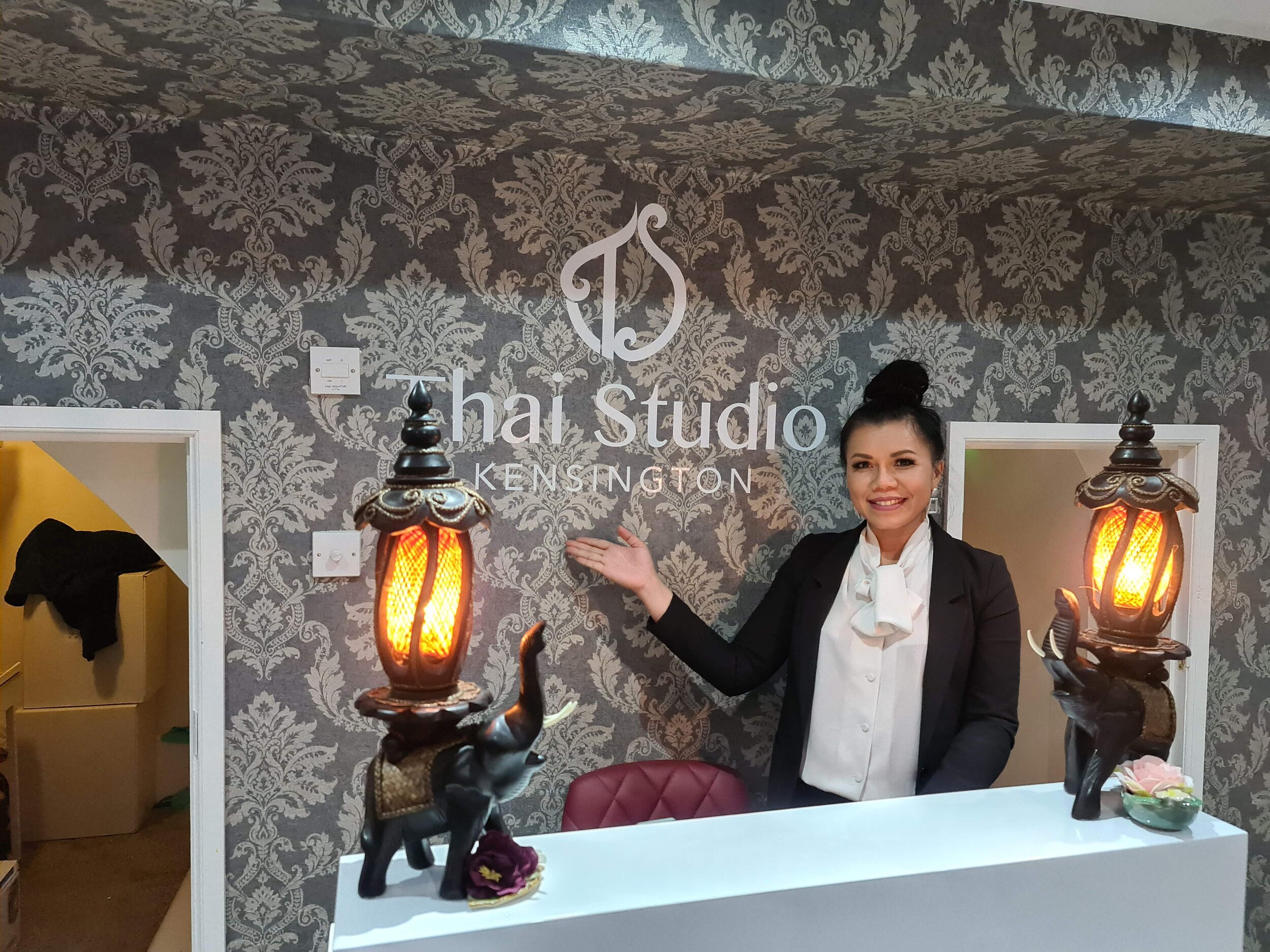The Myths About Thai Massage Techniques 2020
Thai massage is gaining popularity in the west, in part because of its claim to be able to provide many health benefits. This type of massage is performed with the use of Thai stick forms of massage oil that are heated up by the therapist before being applied to the subject's body. These oils are made from a specific blend of essential oils that have been proven to have healing properties when used topically, either on their own or in combination with other essential oils. Some of these essential oils include; Bhringaraj, Anise, Chamomile, Echinacea, horsetail, Marjoram, Patchouli, Santalum, and thyme. These essential oils are often used in conjunction with other natural ingredients such as coconut milk and lecithin oil.
The Myths About Thai Massage Techniques
Thai massage techniques can be very beneficial to the body's health. Many people enjoy these relaxing massages for their full body massage that helps to relieve tension in the muscles, tendons, and ligaments. These types of massages can be very effective at increasing joint flexibility, improving range of motion, helping to prevent and relieve stress, improving circulation, and assisting in the detoxification process. To receive the best results possible, it is recommended that Thai massage therapists perform this massage on a full body rather than just the feet. The reason for this is that the entire body has muscles, tendons, ligaments, nerves, and joints, and it is important to stretch them properly during a Thai massage therapy session to not only get the most out of the experience but to avoid unnecessary injuries.
One of the most common myths about Thai massage techniques is that the therapist will put the subject in a sauna. While a traditional Thai table work may include some saunas or hot oil baths, this is not necessary at all. The fact is that Thai massage is not like the spa treatments where you are literally soaked in water. Thai massage has been described as an energy flow therapy where the recipient lies on a hard wooden or metal table work, face down, with their feet pressed flat on the floor, or on a hard surface. This position prevents the person from moving their arms and legs and keeps the body in one position with the therapist's hands working in tight circles around the body to help stimulate and invigorate the flow of life force energy throughout the body.



